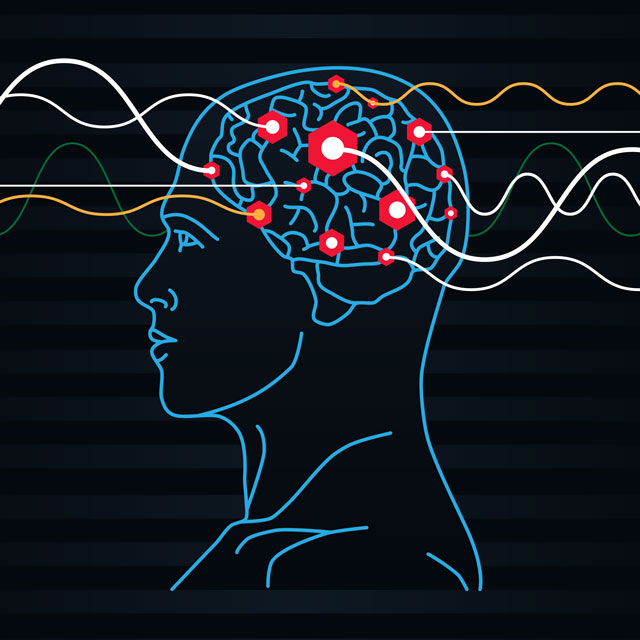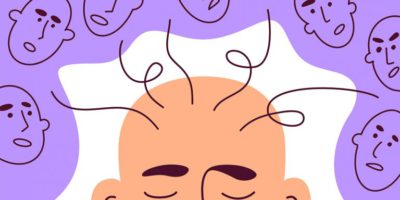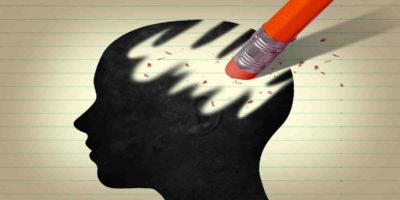
Electroconvulsive therapy (ECT) is a medical treatment that involves the use of electric currents to induce a controlled seizure in a patient’s brain. Despite its controversial history, ECT is still used as a treatment option for a range of psychiatric disorders, including depression, bipolar disorder, and schizophrenia. In this article, we will explore the indications for ECT and its use in modern psychiatric practice.
Indications for ECT
ECT is typically used as a treatment of last resort for patients with severe mental illness who have not responded to other forms of treatment, such as medications and psychotherapy. The following are some of the most common indications for ECT:
- Treatment-resistant depression: ECT is often used as a treatment option for patients with severe depression who have not responded to other treatments. Studies have shown that ECT can be effective in up to 70% of patients with treatment-resistant depression.
- Bipolar disorder: ECT is sometimes used as a treatment option for patients with bipolar disorder who have not responded to other treatments or who are in a severe manic or depressive episode.
- Schizophrenia: ECT is sometimes used as a treatment option for patients with schizophrenia who have not responded to other treatments or who are experiencing severe symptoms, such as delusions or hallucinations.
- Catatonia: ECT is often used as a treatment option for patients with catatonia, a condition characterized by severe motor and cognitive dysfunction.
- Pregnancy: ECT may be a preferred treatment option for pregnant patients with severe depression or other psychiatric conditions, as it is considered to be safe for both the mother and fetus.
Modern Use of ECT
While ECT has a controversial history and is often associated with negative stereotypes and misconceptions, modern psychiatric practice has seen significant advancements in the technique and administration of ECT. Today, ECT is administered under general anesthesia and muscle relaxants to minimize discomfort and the risk of injury during the seizure.
Additionally, modern ECT is often administered in a series of treatments, with patients typically receiving two to three treatments per week for several weeks. This approach helps to ensure that patients receive the full therapeutic benefits of ECT while minimizing the risk of adverse effects.
Despite these advancements, there are still concerns regarding the use of ECT, particularly regarding its potential for cognitive side effects, such as memory loss. However, research has shown that these side effects are generally short-lived and do not have a significant impact on patients’ long-term functioning or quality of life.
Conclusion
ECT remains a controversial treatment option for severe mental illness, but it continues to be a valuable tool in modern psychiatric practice. With careful patient selection and administration, ECT can provide significant therapeutic benefits for patients with treatment-resistant depression, bipolar disorder, schizophrenia, catatonia, and other psychiatric conditions. As with any medical treatment, it is important for patients and their families to carefully weigh the risks and benefits of ECT in consultation with their healthcare provider.




Leave a Reply